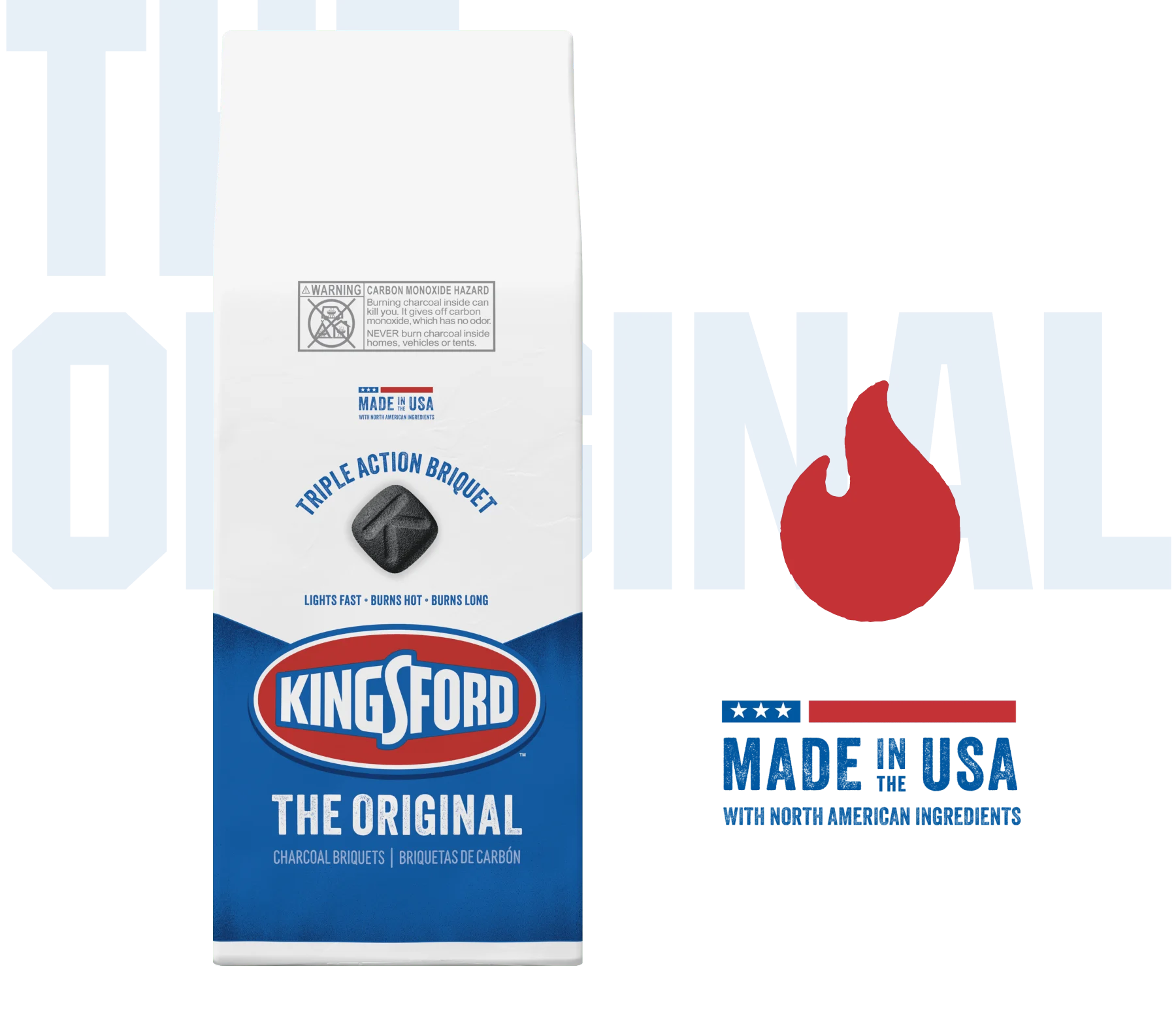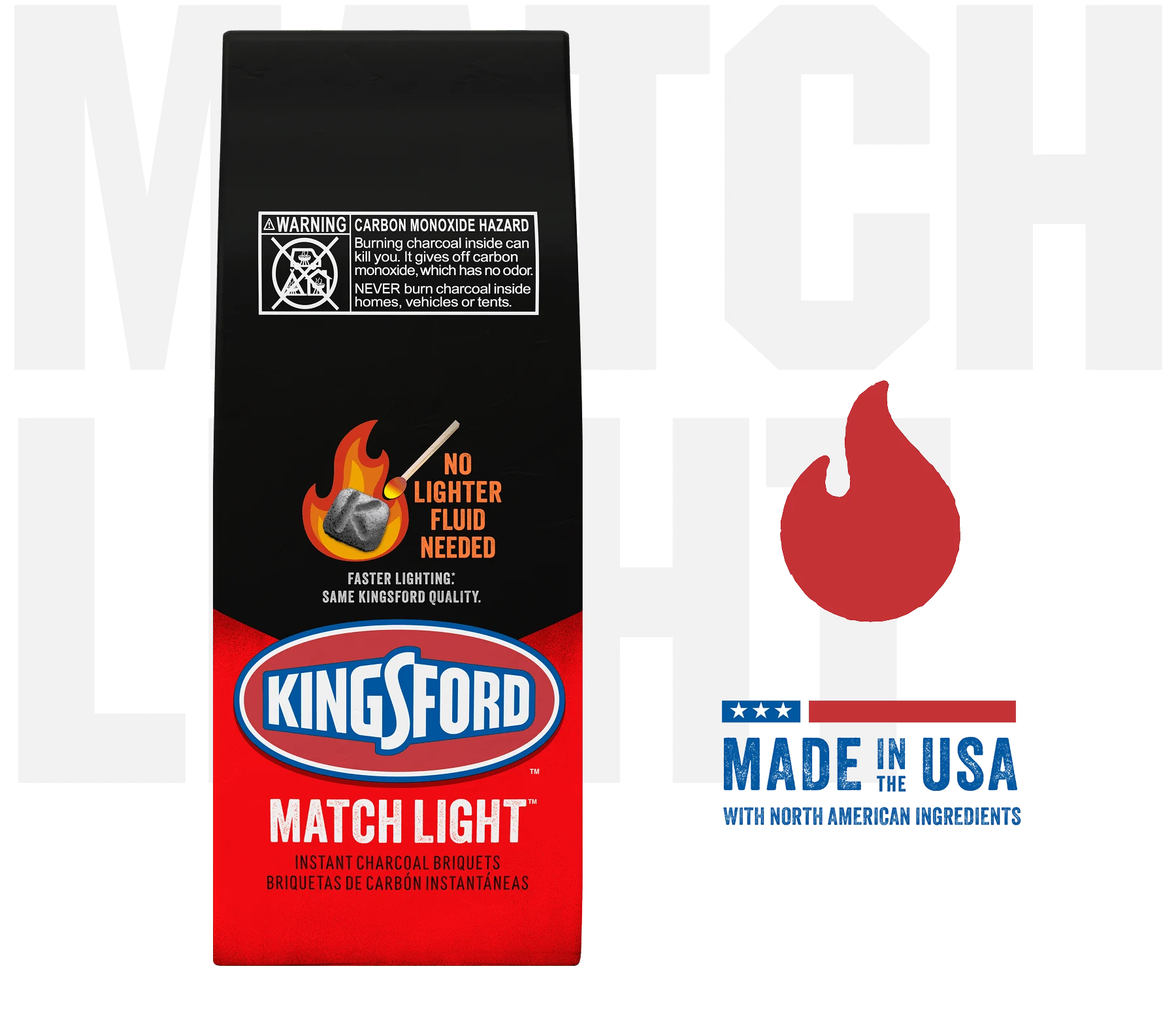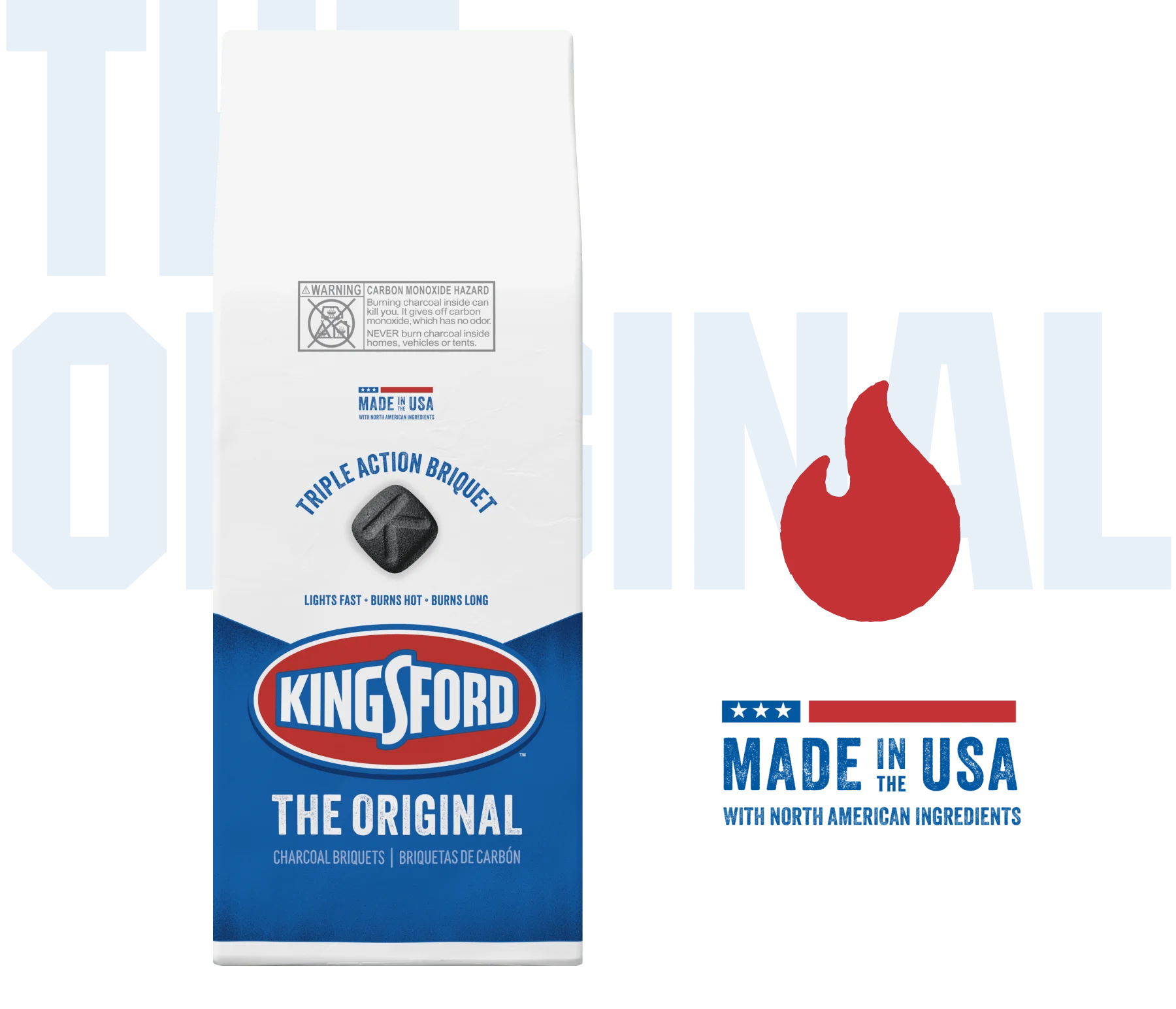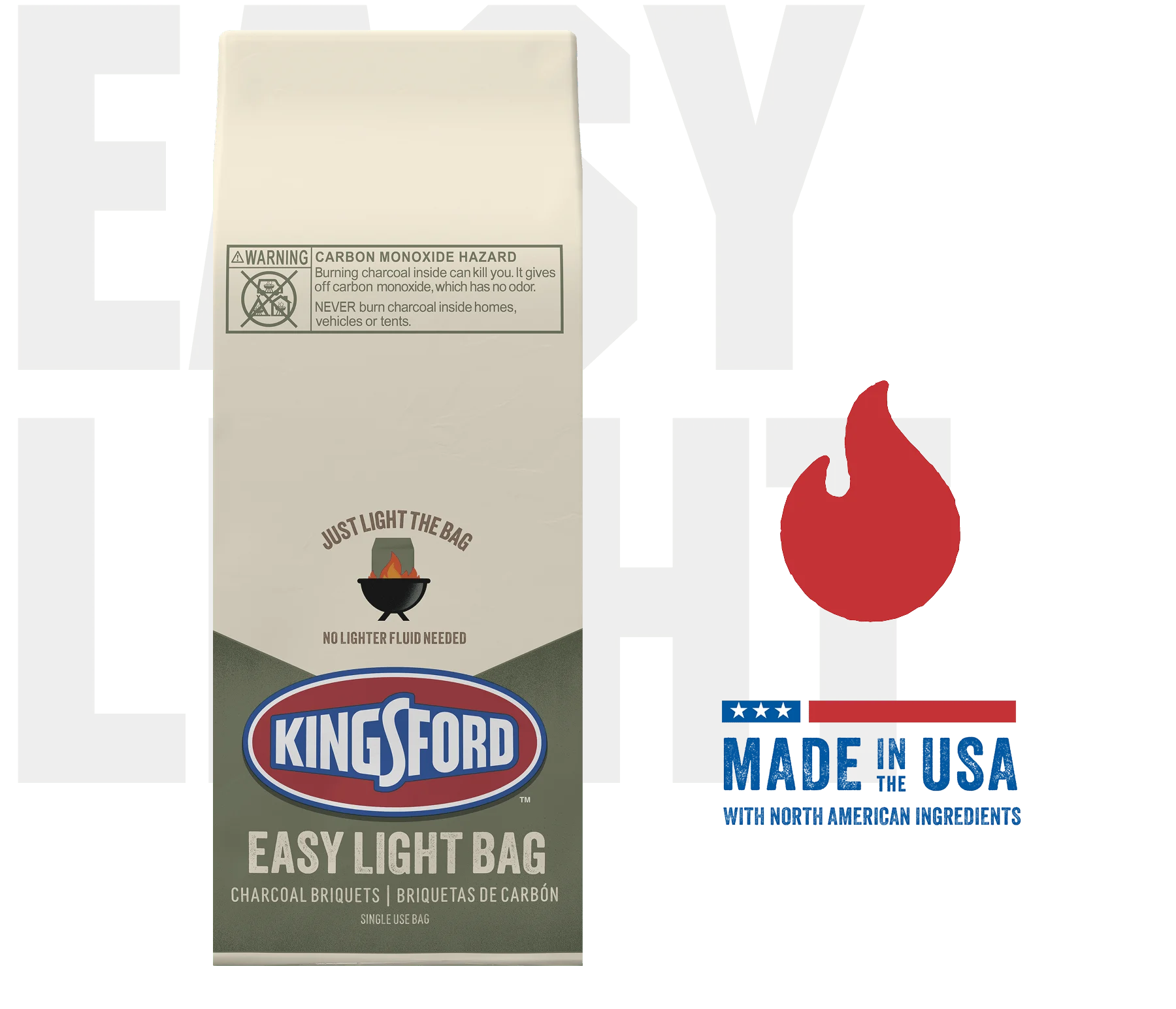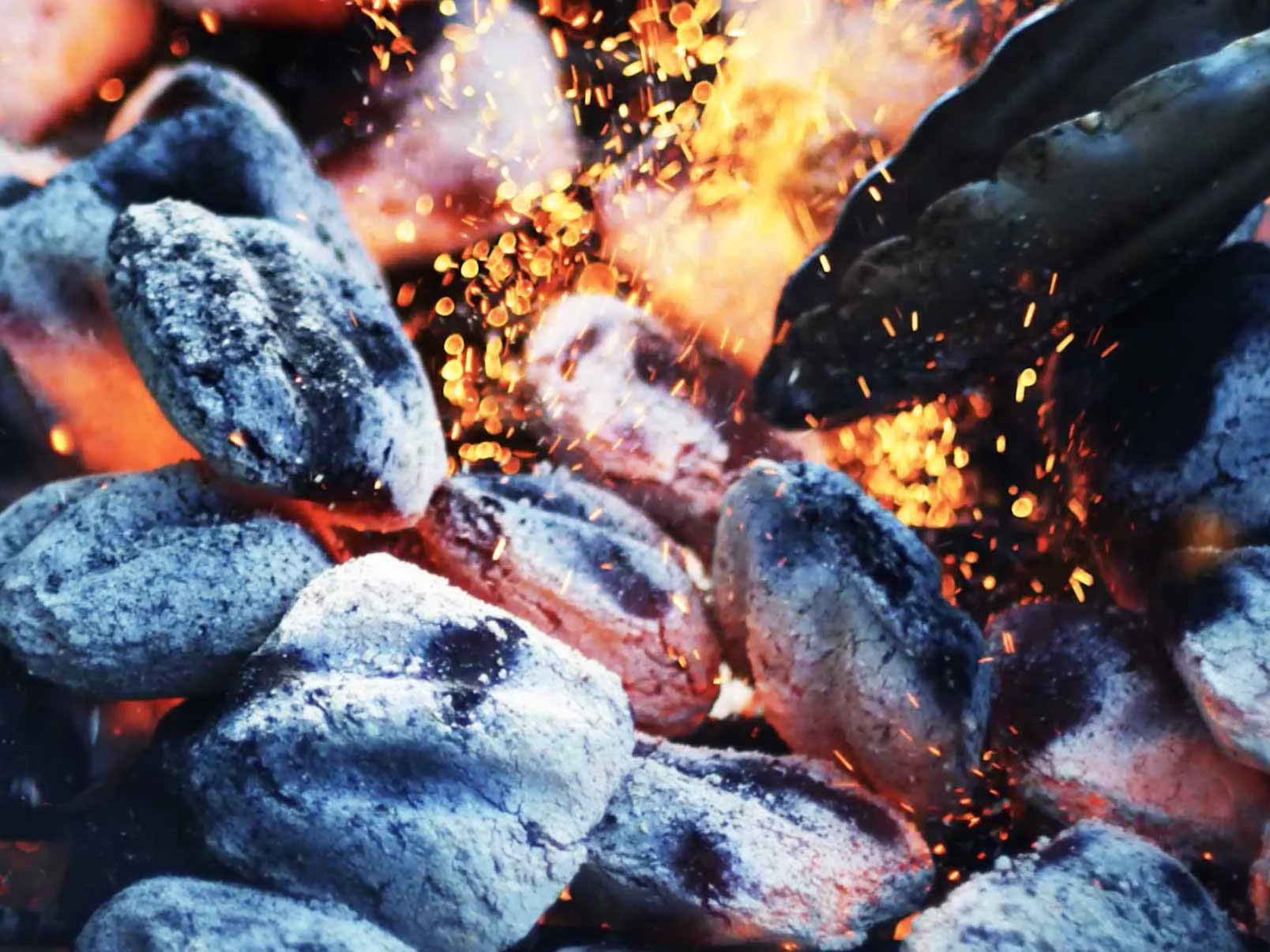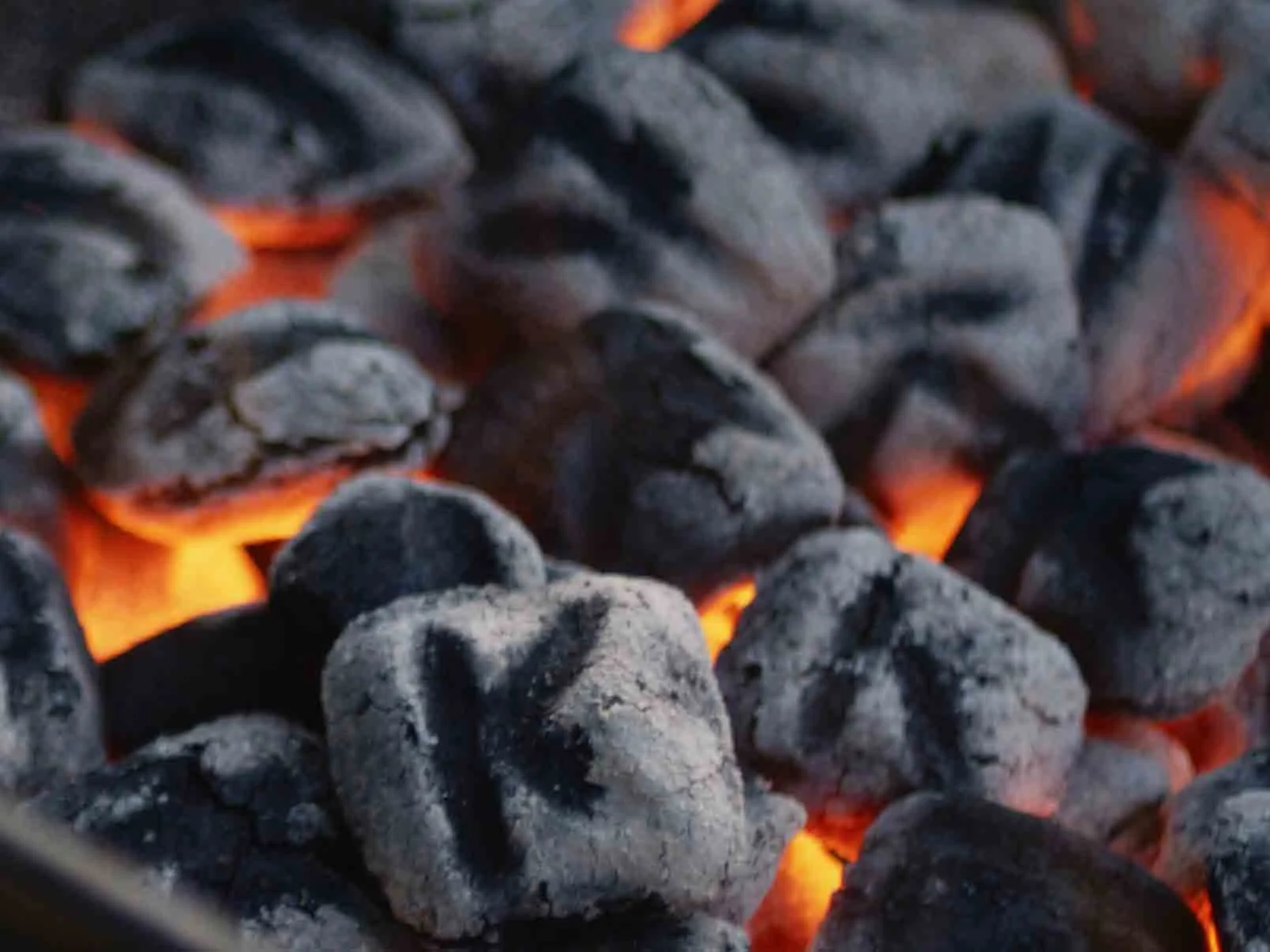
What You'll Need
Below is a list of items you may need, depending on the grilling method you choose.
Charcoal Grill, Kettle Grill or Smoker
Heat-Resistant Grilling Gloves
Matches or Lighter Long-Handled Tongs or a Long-Handled Metal Spatula
Foil Roasting Pan
How Much Charcoal Should I Use?
How Much Charcoal Should I Use?
Charcoal Usage:
HIGH HEAT 450°–550° MEDIUM HEAT 350°–450° LOW HEAT 250°–350° 1 Full Chimney ~100 charcoal briquets 1/2 Chimney ~50 charcoal briquets 1/4 Chimney ~25 charcoal briquets 4 Pounds Charcoal Briquets arranged in a pile 2 Pounds Charcoal Briquets arranged in a pile 1 Pound Charcoal Briquets arranged in a pile




















